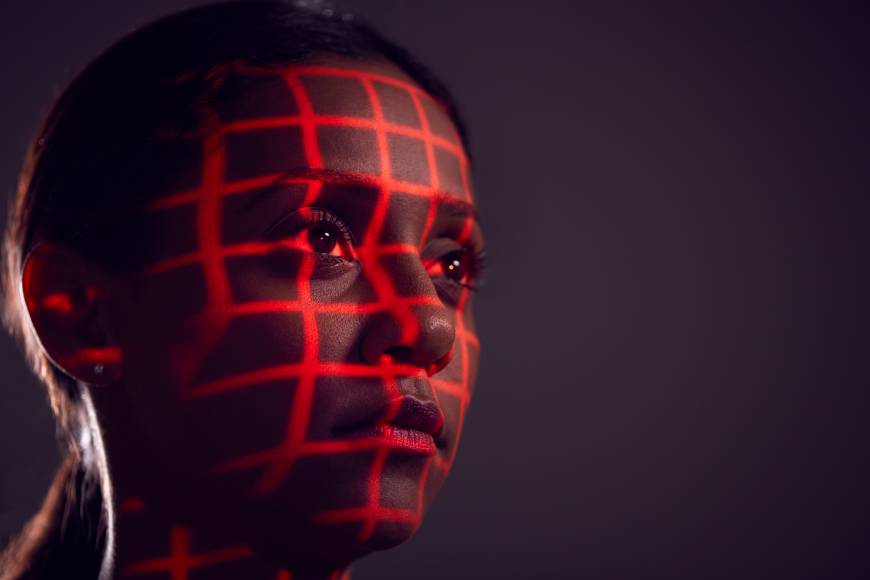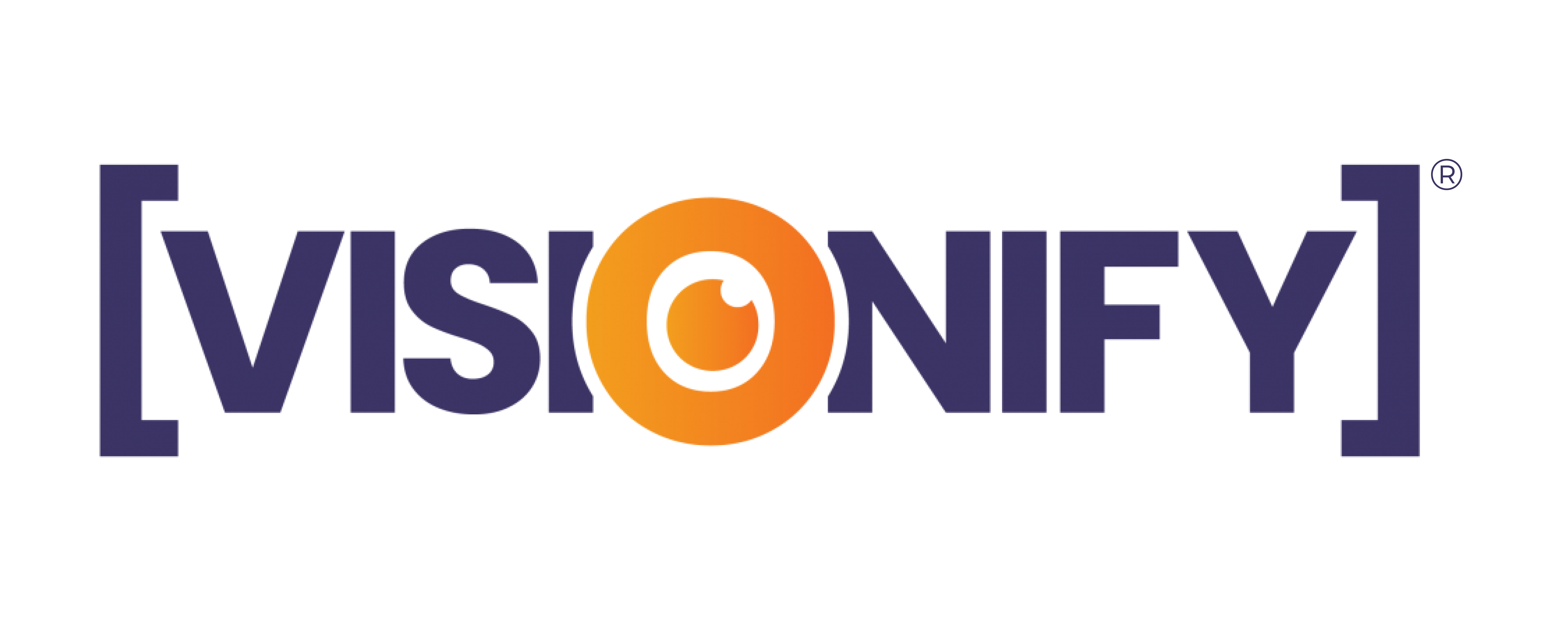
Introduction
Face recognition powered by machine learning algorithms has become a talking point in the field of biometrics. Now it seems, the related technology is slowing making strides in corporate databases and financial arenas. With ramifications for individual security, is face recognition improving or are there other ways to keep data safe?
What is facial recognition?
The most common approaches to facial recognition use geometric methods to compare selected facial features from a subject against those of a photograph of the same person. Facial geometry may be used on its own or in conjunction with additional technologies such as iris and fingerprint matching and voice recognition.
These approaches rely on a large database—often hundreds or thousands of images—and sophisticated computer software to sort through the data and find matches. A facial recognition system can work best when there is a clear frontal view of the person’s face, but it can also operate under many other circumstances such as side views, at varying angles, and even if the picture is somewhat blurred or low quality.
The success of facial recognition technology relies on an extensive database—the more images, the better. But it also requires effective data management software to make sense of the millions of possible matches.
The Facial Recognition Market was valued at USD 3.72 billion in 2020, and is projected to be valued at USD 11.62 billion by 2026.
How does face recognition work?
Facial recognition systems work by comparing selected facial features from a photograph or digital image to a stored data set, typically a photograph or video of the authorized person’s face. The first step in facial recognition is to create a template or a model of the authorized user’s face, which is then compared with other images.
There are three main techniques used to capture biometric facial data:
active illumination (using flash or other sources),
passive illumination (i.e., using ambient light), and
video surveillance.
Most facial recognition software works by comparing selected facial features from an image or a video frame to a database of facial patterns (i.e., the templates). The best results are achieved when the database images are aligned with the target image using landmarks like eyes or nose tip.
The quality of the images captured affects the performance of the recognition system; low quality images may prevent identification of individuals whose faces are not visible in images. Video cameras capture moving images with much higher quality than digital cameras, but they require storage and database management, which increases cost and latency.
Face recognition technology is now everywhere. Millions of people around the world use it on their devices every day, and the number of users is growing by the day.
Not only has facial recognition made its way into our lives, but this technology is also now being used by government agencies to identify individuals in real time. This has led to concerns over privacy and security, as well as the possibility that it could be used to exert control over people’s lives.
Know the Differences between Face Verification vs Face Recognition
How can facial recognition be used?
Facial recognition software is now developing quickly. But the technology is still in the early stages.
There are three basic ways of using facial recognition.
One is identification, that is, checking that the person you are dealing with is who she says she is.
The second is authentication, confirming that the person using a particular account or device really is who she claims to be.
The third use is surveillance, continuously monitoring public spaces for law enforcement or security purposes.
The technology can also be used for other purposes. An obvious one is marketing, where the idea would be to tailor your offers on the basis of information about people’s online activities and interests. Another would be to use it as a replacement for passwords on websites–you could log in by holding up your face in front of your computer’s camera. This kind of use would raise privacy issues, since it would give companies more detailed knowledge about their customers’ lives than they already have.
Some possible examples of the usage of facial recognition would be:
- Banks and credit card companies could use facial recognition as a security measure to ensure that the person using the card is actually the card owner.
- Law enforcement officials could use facial recognition as a security measure for high risk areas such as airports and government buildings.
- There are many companies out there developing robots that need to recognize humans and interact with them accordingly. Using facial recognition would simplify this process for these robots, making them more efficient and less complex.
- If this technology becomes good enough, you might not need passwords anymore! Your phone could just use facial recognition to recognize you and unlock itself when you pick it up!
How does the technology differ from other similar face recognition techniques?
Face recognition technology has been around for many years, and there are numerous commercial systems available to perform such tasks. Some of these can even track a person’s face over time and in multiple frames of video. However, they all suffer from two important weaknesses: they must be programmed with specific identities beforehand and cannot adapt to new faces without retraining.
Another area where face recognition has made its mark is surveillance. There are several systems currently used for this purpose that rely on computer vision and machine learning techniques that allow them to identify and track people through crowds or in real time. These systems are typically not very accurate when it comes to identifying an individual, but they are extremely good at tracking individuals through a scene.
The technology behind this system is based on deep learning, which means that no human had to program the system with any identities beforehand. It learns how to recognize someone by looking at thousands of examples of his or her face from various angles. This makes it completely different from all the other face recognition technologies out there.
Advantages of facial recognition systems over other biometrics
Facial recognition is a type of biometric identification technology that uses the unique configuration of a user’s facial features to verify their identity. It is an alternative to fingerprinting and other forms of biometric identification systems used for security purposes.
Facial recognition technology can be used to verify the identities of individuals in a variety of settings, including immigration control, law enforcement, and commercial applications. This type of technology has been around for decades, however it has only recently become more mainstream as privacy concerns have begun to ease.
The advantages of facial recognition systems are clear compared to other biometric systems currently on the market. Facial recognition systems are not subject to “wear-out” or “drift,” meaning they are less susceptible to false positives after repeated use. Additionally, facial recognition systems are unobtrusive due to their ability to be concealed behind glass or within walls. They are also easily integrated into existing surveillance systems, making them an ideal addition for upgrading older equipment or implementing new security measures. Finally, this type of system does not require the user to perform any special action such as swipe a card or input a specific password in order to successfully access a building or network.
Applications of face recognition
Face recognition has many uses. Businesses use it to tag known customers in their databases, and to verify the identity of people who buy particular products. Law enforcement agencies use it to spot criminals or missing persons. Retail stores use it to identify shoplifters and employees who are stealing goods. It has medical applications, including making prosthetic devices fit better based on a person’s facial measurements.
Some companies use face recognition for employee time-keeping; they tag workers when they arrive at work, then scan for them when it is time for them to clock out. (This also has an application for security; tagging everyone entering a building makes it easier to track down who is missing.) Police departments are looking into using face recognition in body cameras worn by police officers; if someone they stop later commits a crime or is arrested, the face recognition software can search for matches with previous arrests. Many of these applications are controversial; some people worry that these kinds of systems make us less anonymous, and therefore change the character of public spaces in undesirable ways.
Face Recognition Security Concerns
The security concerns that come with face recognition technology are essentially the same as any other biometric technology. A user’s most personal and sensitive information is stored in a biometric security system—including face recognition technology. As such, the system has made the concern of privacy and theft of personal data an important issue.
The fact that someone’s facial features could be stolen and used to unlock his or her smartphone or computer is an understandable concern. However, it is basically the same concern people have with any other biometric technology such as fingerprint verification. It is also why such systems should be used in conjunction with digital passwords.
Face Recognition is the future of digital security
The Face Recognition is another step forward in biometric authentication. It delivers the highest level of accuracy on the widest range of devices, with no need for any hardware or device-specific installations. It reliably delivers accurate results on the vast majority of faces, even if users are wearing glasses or sunglasses, have facial hair, are looking down at their phone or tablet, are backlit, or are captured in profile. The Access Control Market expected to reach USD 11.7 billion by 2026, according to Mordor Intelligence study.
This is the future of digital security.

